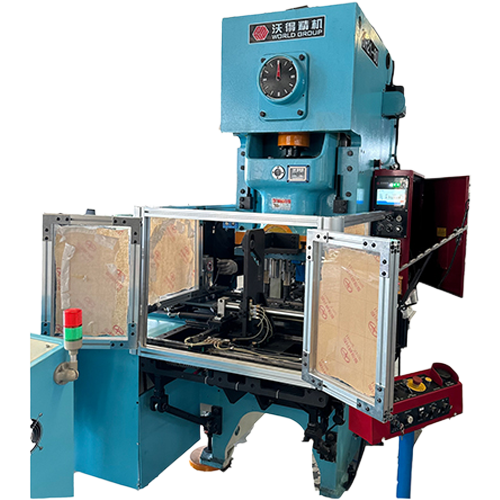Advantages of Can Sealing Machines [Reprint]
The canning machine is capable of sealing a variety of can bodies, including iron cans, tinplate cans, aluminum cans, paper cans or plastic cans. It can automatically support the tank, automatically remove the lid, and automatically complete the tank seal, thereby reducing manual operations. The machine has the characteristics of stable operation, large sealing range, simple operation and easy adjustment. Its key components are machined by high-precision equipment, which improves machining accuracy and thus ensures the stability of the entire machine. It is an ideal equipment for large, medium and small beverage plants, coke plants, herbal tea plants, food plants, pickle plants, canning plants, chemical plants, pharmaceutical plants, health products. The canning machine can be operated as an independent device or can be used in conjunction with a conveyor line for assembly line production.
This filling and sealing machine not only improves production efficiency and filling speed, but also expands the application range, expanding from manual operation to semi-automatic operation, and then upgrading from semi-automatic production to fully automatic production, and can efficiently complete the filling and sealing operations of various beverages. It is the generation that replaces manual operation and manual semi-automatic production in today's beverage equipment industry. It is ideal equipment for large beverage plants and food industries. This filling and sealing machine has the advantages of semi-automatic filling and sealing machine and manual operation computer control, and has high production efficiency.“ The entire machine is made of food-grade stainless steel.” The can sealing machine adopts microcomputer control without human intervention, thereby improving production efficiency.
Automatic filling, automatic sealing, good effect, advanced quantitative filling technology and stable sealing technology, reliable operation and low operating cost; the overall service life can be extended by more than 5 years. Automatic filling and sealing machine combines filling, sealing, coding and integration into one. The entire process includes automatic cup drop, quantitative automatic filling, automatic sealing, automatic coding pipeline operation and integrated equipment. A rigid container means that its shape is not easily changed after the container is formed, and its closure mostly adopts different forms of lids. Commonly used sealing machines are as follows. Capping and sealing machines. Such caps are pre-machined with internal threads, which may be single-ended or multi-segmented. For example, single threads are used for medicine bottles and multi-threads are used for canning bottles. The machine presses it against the mouth of the container by rotating the lid. Knurling sealer. This type of closure is mostly made of aluminum and has no threads beforehand. The aluminum cap is rolled to give it the same shape as the bottle opening thread, and the container is then sealed.
This type of cover breaks the creases on the edge of the skirt when it is not sealed and cannot be restored to its original shape, so it is also called “anti-theft cover”. Sealing machines are mainly used for sealing and packaging high-end wines and beverages. Pipe sealing machine. It first places a cylindrical metal cap on the bottle mouth, then rolls its bottom edge with a roller to deform it upside down and tightly clasps the bottle mouth flange to achieve a seal. Such machines are mainly used for sealing and packaging wide-mouth cans and bottles. When the can sealer is sealing, the cork is placed above the bottle mouth and the cork is pressed into the bottle mouth by vertical pressure to achieve sealing and packaging. The cork seal can be used alone or in combination with the cap as a composite seal. Calendering and sealing machines. Such machines are primarily used to seal metal food cans. It uses rollers to calender, hook, and press the perimeter of the can lid and the can flange to achieve a sealed package.
Recommended Products


 EN
EN
 中文简体
中文简体 English
English













